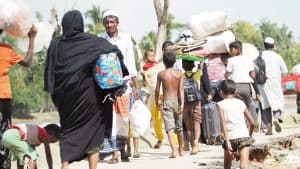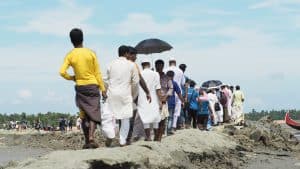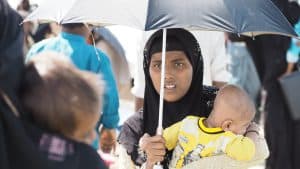This site uses cookies to optimize services. Choose your options below.
The technical storage or access is strictly necessary for the legitimate purpose of enabling the use of a specific service explicitly requested by the subscriber or user, or for the sole purpose of carrying out the transmission of a communication over an electronic communications network.
The technical storage or access is necessary for the legitimate purpose of storing preferences that are not requested by the subscriber or user.
The technical storage or access that is used exclusively for statistical purposes.
The technical storage or access that is used exclusively for anonymous statistical purposes. Without a subpoena, voluntary compliance on the part of your Internet Service Provider, or additional records from a third party, information stored or retrieved for this purpose alone cannot usually be used to identify you.
The technical storage or access is required to create user profiles to send advertising, or to track the user on a website or across several websites for similar marketing purposes.


 In an ideal world, if and when the attacks on the Rohingya and the surrounding political conflict that has triggered the exodus normalizes and a sound resolution is reached among conflicting parties, repatriation based on universal humanitarian standards would be a welcome vehicle to allow the displaced population to return home in safety. However, the majority of Rohingya refugees interviewed by Earth International Foundation (EIF) were skeptical towards the promise made by Aung San Suu Kyi, Myanmar’s de facto leader. For one, they perceive the talk as hollow. The memory of the horrors they witnessed as family members were raped, tortured and murdered remains very fresh. Voluntary repatriation to Rakhine could be hindered by the widespread lack of intrinsic trust.
In an ideal world, if and when the attacks on the Rohingya and the surrounding political conflict that has triggered the exodus normalizes and a sound resolution is reached among conflicting parties, repatriation based on universal humanitarian standards would be a welcome vehicle to allow the displaced population to return home in safety. However, the majority of Rohingya refugees interviewed by Earth International Foundation (EIF) were skeptical towards the promise made by Aung San Suu Kyi, Myanmar’s de facto leader. For one, they perceive the talk as hollow. The memory of the horrors they witnessed as family members were raped, tortured and murdered remains very fresh. Voluntary repatriation to Rakhine could be hindered by the widespread lack of intrinsic trust. Meanwhile, Bangladesh, which has been sheltering Rohingya refugees since the 1990s, is nearing exhaustion of its resources in keeping up with the daily influx—as many as 10,000 have crossed the border in one day. The impact is being felt heavily in a country with a population of 165 million, more than 30% of whom live under the World Bank’s international poverty line of around $2 per day. To convince the host country to accept social integration of the Rohingya into its society on the merit of a humanitarian solution would be a steep hurdle. Our interview with a representative from the UN’s International Organization for Migration (IOM) in Dhaka also suggests a view in line with our findings. It should be noted, however, that all Bangladeshi sector officials with whom EIF has been in contact have, despite the country’s inherent resource scarcity, graciously expressed the need and their willingness to assist the Rohingya on humanitarian grounds.
Meanwhile, Bangladesh, which has been sheltering Rohingya refugees since the 1990s, is nearing exhaustion of its resources in keeping up with the daily influx—as many as 10,000 have crossed the border in one day. The impact is being felt heavily in a country with a population of 165 million, more than 30% of whom live under the World Bank’s international poverty line of around $2 per day. To convince the host country to accept social integration of the Rohingya into its society on the merit of a humanitarian solution would be a steep hurdle. Our interview with a representative from the UN’s International Organization for Migration (IOM) in Dhaka also suggests a view in line with our findings. It should be noted, however, that all Bangladeshi sector officials with whom EIF has been in contact have, despite the country’s inherent resource scarcity, graciously expressed the need and their willingness to assist the Rohingya on humanitarian grounds. The third solution for dealing with refugees in times of crisis and based on humanitarian standards, when the other two solutions are not viable, is to resettle them in a third country. But the grim reality is that only 900 of 150,000 Rohingya refugees who have fled Rakhine State since 1977 have been resettled in such a way. Based on that resettlement rate of 0.6%, less than 3,000 out of the 500,000 Rohingya refugees from the recent influx would be likely to have been resettled by the year 2057.
The third solution for dealing with refugees in times of crisis and based on humanitarian standards, when the other two solutions are not viable, is to resettle them in a third country. But the grim reality is that only 900 of 150,000 Rohingya refugees who have fled Rakhine State since 1977 have been resettled in such a way. Based on that resettlement rate of 0.6%, less than 3,000 out of the 500,000 Rohingya refugees from the recent influx would be likely to have been resettled by the year 2057.